Idrw Team
SOURCE: IDRW.ORG TEAM
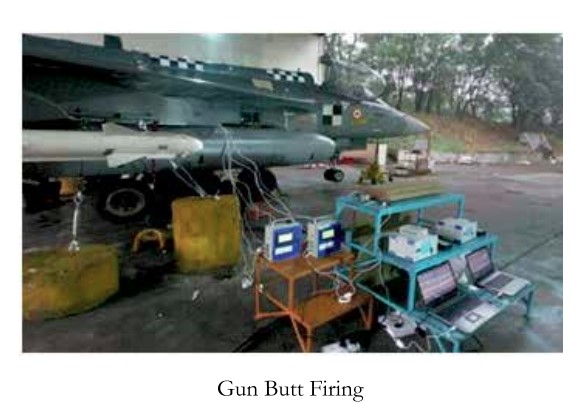
The Aeronautical Development Agency (ADA) has confirmed the successful completion of Ground Butt Firing Tests on the LSP-7 (Limited Series Production-7) aircraft. The recent tests involved three different gun firing modes and have been carried out satisfactorily, according to the pre-determined test schedule.
The ground butt firing tests play a crucial role in evaluating the operational capabilities and accuracy of the GSh-23 twin-barrel 23 mm ‘Gasha’ gun, which is an integral weapon system of the LCA-Tejas. The gun, known for its reliability and lethality, is an essential asset for air-to-ground and air-to-air combat scenarios. The completion of these firing tests is a significant step towards achieving full operational capability for the LCA-Tejas.
Continue readingSOURCE: IDRW.ORG TEAM
The Indian Army has taken a significant stride in bolstering its battlefield surveillance and transparency capabilities with the induction of the lighter and compact version of the Weapon Locating Radar (WLR) known as SWATHI Mountains. Developed indigenously by Bharat Electronics Limited (BEL) in Bengaluru, this state-of-the-art radar system is specifically designed for operations in mountainous and high-altitude areas, catering to the unique challenges posed by such terrains.
In a remarkable event, Lieutenant General JB Chaudhari, Deputy Chief of Army Staff (CD&S), flagged off the SWATHI WLR in Agra, marking its official inclusion in the Indian Army’s artillery arsenal. This advanced radar system is poised to play a crucial role in enhancing the Army’s battlefield surveillance capabilities, enabling it to effectively monitor and respond to threats in mountainous regions.
Continue readingSOURCE: IDRW.ORG TEAM
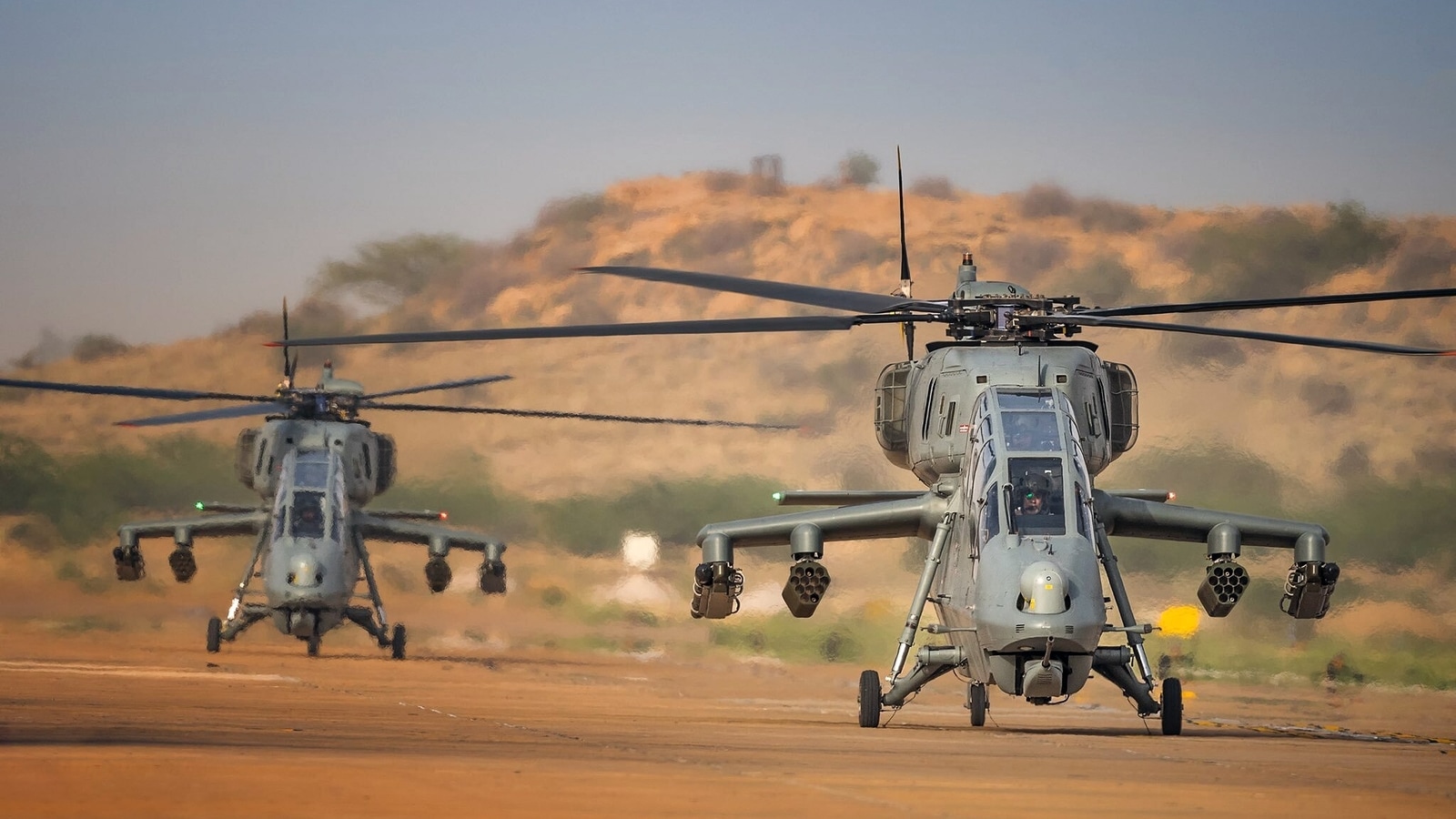
Hindustan Aeronautics Ltd. (HAL), the premier aerospace and defense company of India, has achieved a significant milestone by completing the production of 15 Light Combat Helicopters (LCH) ahead of schedule. These 15 LCH units are preproduction variants that will soon be utilized by the Indian Army Aviation and Indian Air Force to carry out user trials of this advanced attack helicopter.
The LCH, a twin-engine combat helicopter, is a dedicated platform in the 5-8 tonne class, designed and developed by HAL. The concept of this sophisticated helicopter emerged after the 1999 Kargil conflict, where the demand for a specialized aircraft capable of operating effectively in high-altitude terrains was keenly felt.
Continue readingSOURCE: IDRW.ORG TEAM
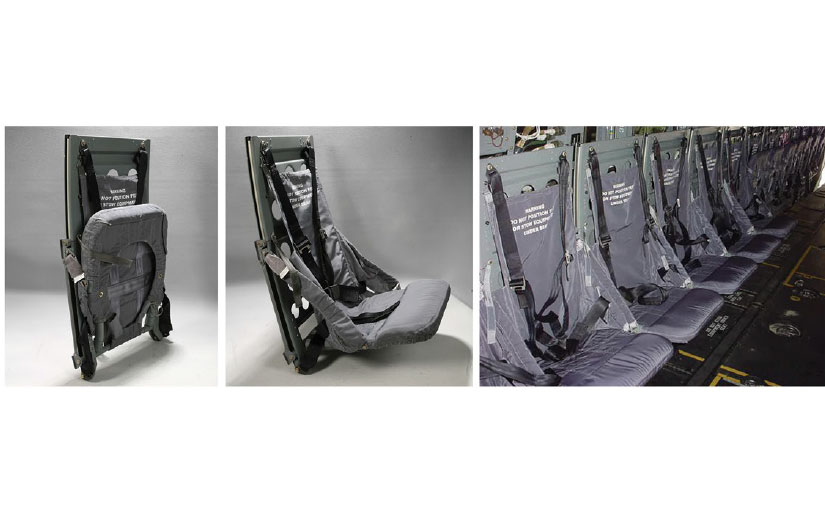
In a significant stride towards enhancing the indigenous capabilities of the Indian aerospace industry, a prominent Indian private sector company has embarked on a mission to develop state-of-the-art rotorcraft crashworthy helicopter seats for military helicopters. This progressive initiative aligns with India’s vision of promoting local development of critical components and parts for its helicopters, bolstering the nation’s self-reliance in defense manufacturing.
The development of these crashworthy helicopter seats comes as part of India’s concerted efforts to ensure the safety and protection of military personnel during critical missions and operations. Meeting the stringent MIL-STD 810 environmental requirements, the seats will be designed with paramount emphasis on comfort, ergonomics, and performance, enhancing the overall efficiency and effectiveness of military helicopter operations.
Continue readingSOURCE: IDRW.ORG TEAM
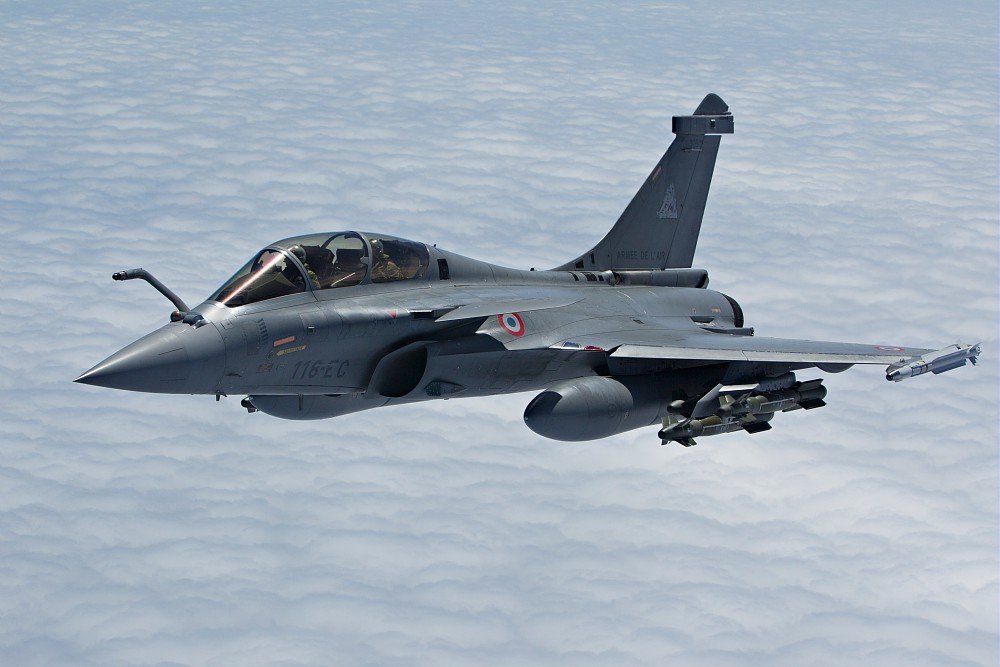
The Indian Air Force’s (IAF) long-pending requirement for 114 multi-role fighter aircraft (MRFA) seems to be nearing a resolution, with Dassault Aviation, France’s principal combat aircraft manufacturer, emerging as a strong contender. Recent developments and growing ties between India and Dassault have positioned the Rafale as a potential choice for the IAF’s MRFA.
The journey towards potentially selecting the Rafale as the MRFA for the IAF is an interesting one, with historical connections. The IAF had originally planned to procure 126 Rafales in 2007-08, but the tender was eventually scrapped in 2015 due to various challenges. However, the IAF went ahead with the purchase of 36 Rafales in 2016, a decision that proved to be crucial for the aircraft’s future in India.
Continue readingSOURCE: IDRW.ORG TEAM
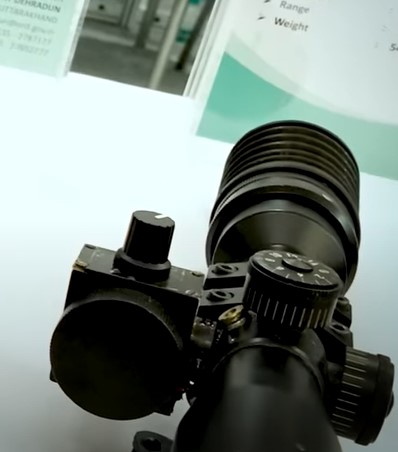
In a significant development for the Indian Army’s modernization and equipment upgrade program, India Optel Limited, a fully owned Government of India enterprise, has successfully secured an order for 13,482 advanced telescopic sights. These cutting-edge sights are designed for the SiG 716 rifles, a sophisticated 7.62 x 51mm calibre rifle, and were contracted from SIG Sauer Inc, USA.
The order marks a major milestone for India Optel Limited, as it comes after an extensive and rigorous testing phase that lasted for three years. The company’s officials expressed pride in their telescopic sights, which weigh a mere 500 grams and offer superior performance capabilities. With the new telescopic sights, Indian soldiers will be equipped to hit targets at an impressive distance of 800 meters, enhancing their operational effectiveness on the field.
Continue readingSOURCE: IDRW.ORG TEAM

The Indian Space Research Organisation (ISRO) is set to bolster its capabilities in space situational awareness (SSA) with the implementation of Project Netra, an ambitious early warning system designed to detect potential hazards to Indian satellites. With a projected completion date by the end of 2024 or in early 2025, Project Netra will provide India with its own space debris radar, offering the ability to detect objects as small as 10 cm at a remarkable range of 2000 km.
The project, estimated to cost ?400 crore, will equip ISRO with a self-reliant SSA capability, placing India on par with other space powers that possess similar systems to ‘predict’ threats from space debris to their satellites. However, Project Netra goes beyond safeguarding against floating particles from dead satellites or rocket parts; it also serves as an implicit warning against potential missile or space attacks.
Continue readingSOURCE: IDRW.ORG TEAM

In a significant development, the Kerala Minerals and Metals Limited (KMML), a State Public Sector Unit, has secured a prestigious contract worth ?105 crore from the Indian Navy. The contract entails the supply of titanium sponge, a crucial material for the manufacturing of various components used in the defence sector. The order encompasses a total of 650 tonnes of material of different grades and is scheduled to be delivered over a span of five years.
The contract was awarded following a series of discussions and collaboration efforts between Industries Minister P. Rajeeve and senior officials from the Indian Navy earlier in January. Recognizing the potential of titanium sponge for defence applications, the Indian Navy expressed its interest in exploring the usage of this material in its manufacturing processes. Subsequently, a dedicated working group was formed to evaluate the feasibility and benefits of incorporating titanium sponge into the Navy’s defence projects.
Continue readingSOURCE: IDRW.ORG TEAM
The Defense Research and Development Organization (DRDO) of India has embarked on an ambitious journey to develop a cutting-edge modular small satellite launch vehicle, codenamed “Veda,” specifically designed for rapid integration into the launcher. This project, recently approved in principle by the Ministry of Defense (MOD), is a significant stride in India’s space endeavors, aiming to enhance its capabilities in deploying defense satellites for a range of critical applications, including surveillance, communication, and navigation.
The Veda small satellite launch vehicle is envisioned as a three-stage, solid-propellant rocket capable of carrying payloads weighing between 150 to 650 kilograms to Low Earth Orbit (LEO) from mobile launch platforms. This state-of-the-art SLV will be a game-changer in India’s defense landscape, providing the armed forces with an independent and flexible means of deploying vital satellite assets to bolster their operational readiness and strategic intelligence.
Continue readingSOURCE: IDRW.ORG TEAM
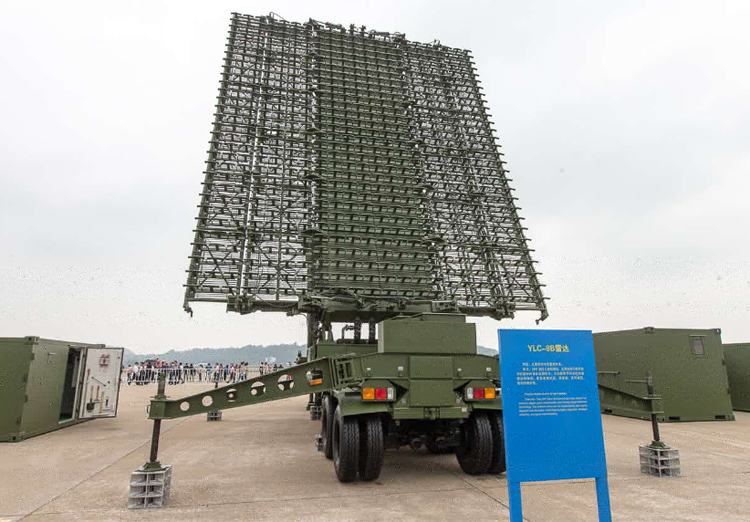
In the rapidly evolving landscape of modern warfare, the ability to detect and counter stealth technology has become a critical aspect of national defense. India’s Defense Research and Development Organization (DRDO) is at the forefront of this endeavor, spearheading the development of various Anti-Stealth Radars that promise to revolutionize the way stealth threats are detected and neutralized.
Stealth technology, designed to render aircraft and other military assets nearly invisible to traditional radar systems, has posed a formidable challenge to conventional defense mechanisms. However, DRDO’s relentless pursuit of innovation has led to the conceptualization and development of a range of cutting-edge Anti-Stealth Radars, each equipped to tackle different dimensions of stealth warfare.
Continue readingSOURCE: IDRW.ORG TEAM

Recent statements made by Lieutenant General (Retired) Khalid Kidwai, the advisor to Pakistan’s National Command Authority, claiming that Pakistan’s ballistic missiles can defeat India’s Ballistic Missile Defence (BMD) Program, have raised eyebrows and drawn attention to the evolving security dynamics in the region. While these claims may be seen as a display of military prowess and strategic posturing, it is essential to analyze the realities behind such assertions.
One of the key missiles cited in Kidwai’s speech is the Ababeel, a surface-to-surface medium-range ballistic missile developed by Pakistan. The Ababeel is said to be equipped with Multiple Independently Targetable Re-entry Vehicle (MIRV) technology. MIRV enables a single missile to carry multiple warheads, each capable of targeting a different location independently. This technology has historically been associated with intercontinental ballistic missiles (ICBMs) carrying thermonuclear warheads.
Continue readingSOURCE: IDRW.ORG TEAM

India’s decision to gift its in-service missile corvette, INS Kirpan, to Vietnam has become a focal point in the complex geopolitical dynamics of the Indo-Pacific region. The move reflects the strengthening bilateral strategic and defense partnership between India and Vietnam, driven by common concerns over China’s assertive actions in the South China Sea. However, this gesture has not been received well by China, and state-owned Chinese media outlets have accused India of harboring desires to instigate armed conflicts in the region.
The background of tensions between China and Vietnam dates back to the late 1970s when China launched an offensive in response to Vietnam’s invasion and occupation of Cambodia in 1978. Since then, the Sino-Vietnam relationship has been marked by friction and mistrust. Against this backdrop, India’s gift of INS Kirpan to Vietnam has added fuel to the fire, as it is seen as a strategic move to counterbalance China’s growing influence in the South China Sea.
Continue readingSOURCE: IDRW.ORG TEAM
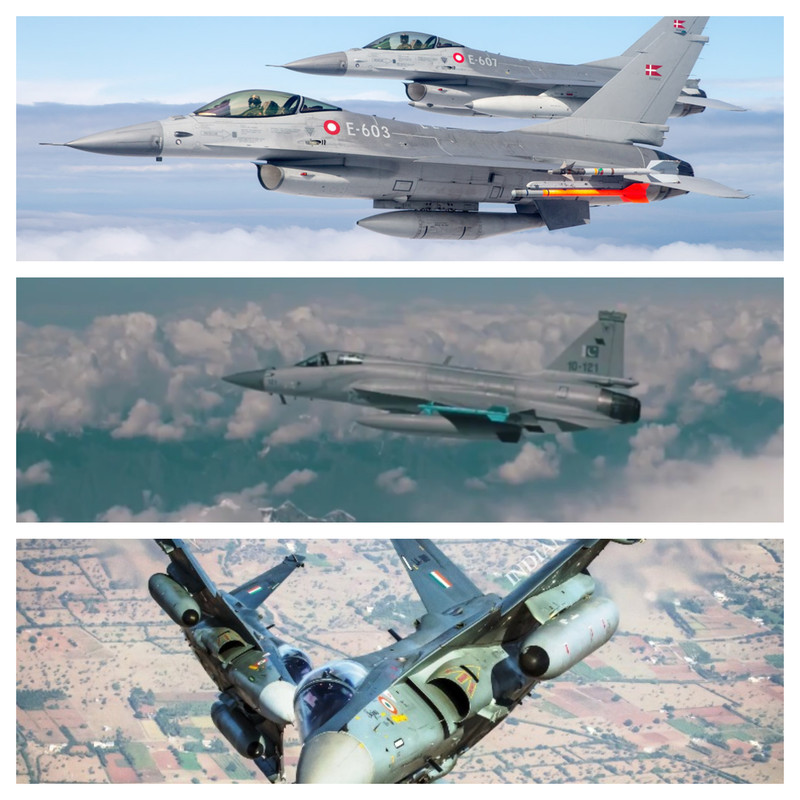
Argentina finds itself at a crossroads as it seeks to bolster its air force with 15 new fighter jets, replacing the retired Mirage aircraft from 2015. Amidst the array of options, the country is under the watchful eyes of the United States, which is pushing for the sale of Danish F-16s to Argentina. This move comes as the US vies for a leading role as an arms supplier, in the aftermath of the historical Malvinas or Falkland War. However, India’s LCA Tejas and China’s JF-17 are also in contention, adding complexity to Argentina’s decision-making process.
Having allocated US$664 million to procure 12 new fighter jets, Argentina has been actively searching for suitable aircraft to meet its defense requirements. The retirement of the Mirage aircraft left a gap in its operational inventory, with the current fleet comprising of 10 A-4 fighter bombers, supplemented by IA-63 Pampa jet trainers.
Continue readingSOURCE: IDRW.ORG TEAM
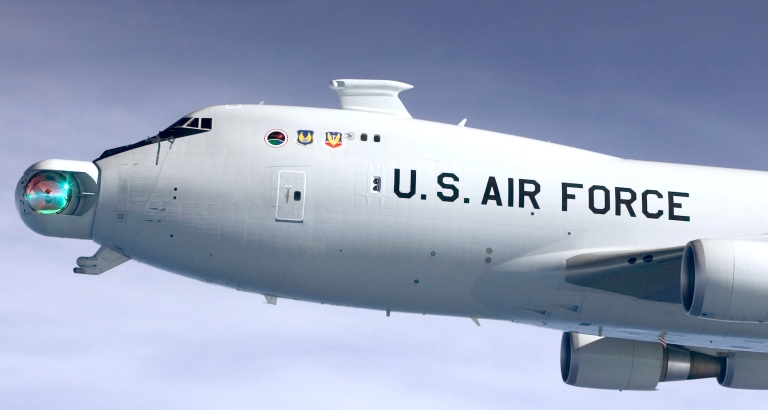
In a significant leap towards bolstering its defense capabilities, India has embarked on the development of an Airborne Directed Energy System, harnessing the formidable potential of Chemical Oxygen Iodine Laser (COIL) technology. This cutting-edge laser technology holds the promise of revolutionizing India’s missile defense strategy, presenting a powerful means to intercept and destroy incoming ballistic missiles.
COIL, a state-of-the-art laser system, operates on a unique principle, utilizing a chemical reaction to generate a high-energy beam of light. This potent laser beam has the capacity to neutralize ballistic missiles from considerable distances during their critical boost phase. By developing its own Airborne Laser Testbed (ALTB), India aims to showcase the feasibility and effectiveness of utilizing directed energy weapons in countering enemy missile threats.
Continue readingSOURCE: IDRW.ORG TEAM

The Indian Navy is all set to bolster its maritime capabilities with the induction of the long-awaited aircraft carrier, INS Vikrant. This majestic vessel will be a game-changer for the Indian Navy’s Eastern Naval Command, further strengthening its operational reach and prowess in the crucial waters of the Bay of Bengal and parts of the Indian Ocean.
The Eastern Naval Command is one of the three command-level formations of the Indian Navy, with its headquarters situated in the port city of Visakhapatnam, a bustling naval hub on the east coast of India. As a strategic command, it shoulders the responsibility of overseeing all naval forces operating in the vast expanse of the Bay of Bengal and significant portions of the Indian Ocean. Additionally, it also supervises naval establishments scattered along the east coast, making it a crucial linchpin in India’s naval defense architecture.
Continue reading